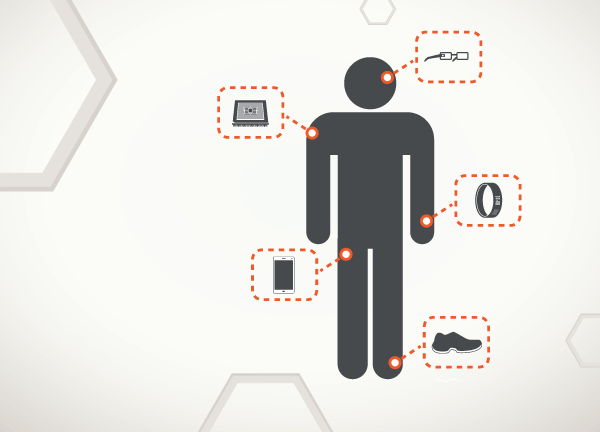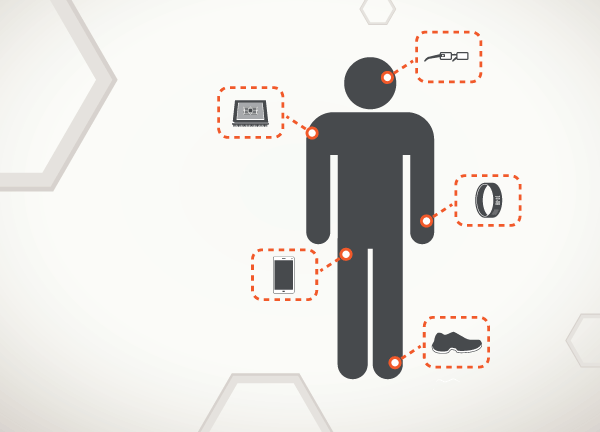The first generation of Google Wear technology was released last week, bringing with it a new era of interaction, connectedness and in the long run, potential strain on the world’s data centers.
As smartphones have become ubiquitous and lost their excitement factor, phone manufacturers are searching for new ways to increase their sales bases. As consumers claw for a simpler, more natural user experience, wearable technology presents one of the largest opportunities.
It is clear that strapping technology to our bodies is more than a fad, a major technology market with the power to change how we interact with the world.
Wearing With Pride
Last year’s Juniper Research report estimated that by 2018, $19B will be spent on devices that interact with our phones. This estimation is certainly mirrored by Google’s desire to integrate Android into everything; Google Wear, Google Glass, NEST.
Early devices like Pebble have shown there is a desire for wearable technology, but the real growth at this early stage – and threat to the data center – looks to be through specialist wearable technology which answers specific questions on people’s wellbeing.
Health sensors have exploded in popularity the last 18 months. There is no indication that demand will slow. Mirroring the above Juniper figures, a similar report by MarketsandMarkets put the consumer healthcare sensor at nearly $50B by 2020.
Products like the Fitbit activity tracker and Jawbone Up definitely suggest early market estimations are on-trend. Over 3 million Fitbits were sold in the US last year. Jawbone acquired BodyMedia last year for $100 million. These are big numbers for a fledgling market.
Connecting Your Body
 As the technology itself continues to improve and the stigma of wearing technology subsides, growth will continue, and with it, the continuous flow of data being sent to data centers.
As the technology itself continues to improve and the stigma of wearing technology subsides, growth will continue, and with it, the continuous flow of data being sent to data centers.
Product advancements have already increased the volume of data being generated by wearable devices. Early-stage products used to require manual syncing, but now everything is constant and automated. Data from millions of sensors will keep flooding into data centers in increasing amounts.
The development of Bluetooth Low Energy standards will only add to the vast amount of data piling into the business-critical facilities of the world’s largest data-driven companies.
The list of Bluetooth Smart Ready products (which include scales, proximity sensors, heart rate monitors, breathalyzers, blood pressure monitors, pedometers and other metrics) is growing daily as consumers become more inclined to monitor their health analytically. Data is no longer something confined to IT, but a core part of how many of us choose to live our lives.
Behind The Scenes
Advancements in the battery technology that supports mobility will further open up a world where people no longer reach for their pockets, but sensors reach out to owners.
This expectation of an always-on, ever-connected life brings with it a specific set of data-driven financial and IT challenges. Wearable technology will become a critical issue for those managing the infrastructure powering this new world.
The Data Center Journal already noted six months ago that a wearable reality has already arrived. Worryingly for companies moving into the market, its growth has the capability to damage data center sustainability, reliability and service levels.
Organisations are only just beginning to grasp the data challenges led by mobility, smart devices and mobility, so the prospect of another two disruptive markets on the horizon - wearable technology and the Internet of Things – poses significant risks to those behind the commercial-dependent data infrastructure that supports everything.
In a future blog on the topic, we’ll address what specific IT and financial challenges accompany wearable technology and the methods for overcoming them with an automated, intelligent data center.




